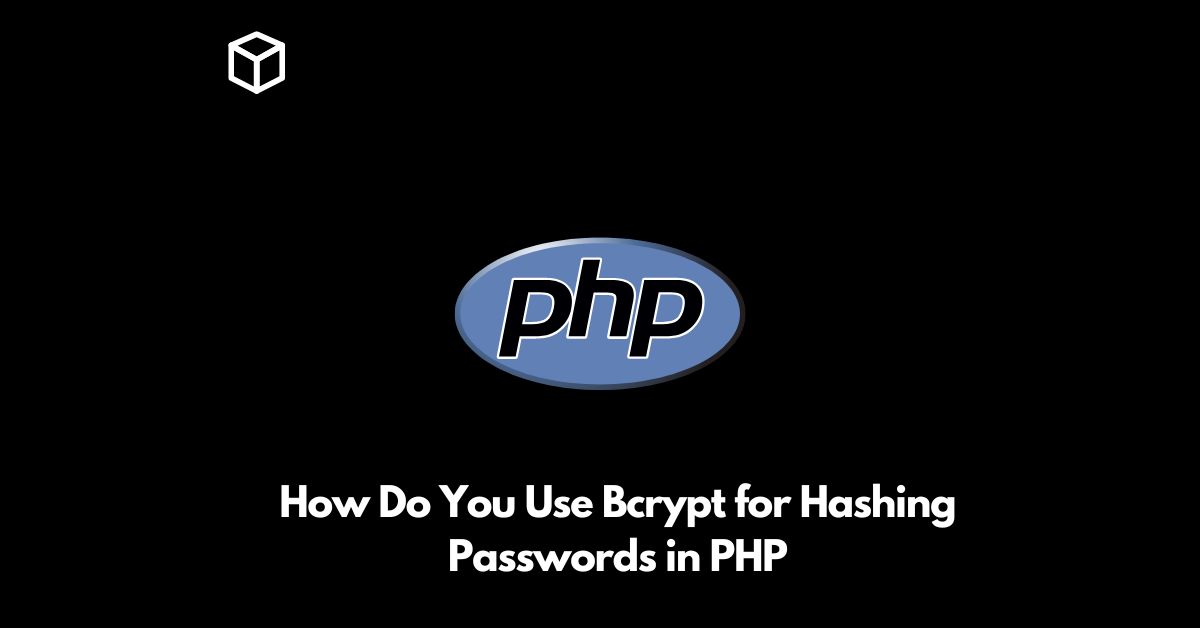When it comes to developing a secure and robust login system, protecting user’s passwords is of utmost importance.
Passwords are sensitive information and should never be stored in plain text.
Instead, they should be hashed, meaning they should be transformed into a fixed-length string of characters that cannot be reversed back to the original password.
Bcrypt is one of the most secure password hashing algorithms available and is widely used for this purpose.
In this tutorial, we will discuss how to hash passwords in PHP using Bcrypt.
What is Bcrypt?
Bcrypt is a password hashing algorithm that generates a fixed-length string of characters from an input password.
It uses a technique called key strengthening, which increases the difficulty of cracking the password by adding a salt and repeatedly applying a hash function.
Bcrypt is a widely-used and well-regarded algorithm for password storage.
Why Use Bcrypt for Hashing Passwords?
Secure
Bcrypt is considered to be one of the most secure password hashing algorithms available.
It uses a technique called salting and key strengthening to make it harder for attackers to crack the password.
Cost-effective
Bcrypt has the ability to adjust its computational cost, meaning it can increase the time required to hash a password as computers become faster, thus making cracking the password more difficult.
Widely used
Bcrypt is widely used and well-regarded by the security community, making it a reliable choice for password storage.
Step-by-Step Guide to Hashing Passwords in PHP with Bcrypt
Install the BCrypt Library
To use Bcrypt in PHP, you first need to install the BCrypt library.
You can install it using Composer by running the following command:
composer require bcrypt
Import the BCrypt Library
Next, you need to import the BCrypt library into your PHP code by including the following line at the top of your file:
use Bcrypt\Bcrypt;
Create a Bcrypt Object
To use Bcrypt, you need to create a Bcrypt object.
You can do this by creating a new instance of the Bcrypt class:
$bcrypt = new Bcrypt();
Hash the Password
To hash a password, you can use the hashPassword method of the Bcrypt object:
$hashedPassword = $bcrypt->hashPassword($password);
The hashPassword method takes the password as an input and returns the hashed password as a string.
Verify the Password
To verify a password, you can use the verify method of the Bcrypt object:
$isPasswordCorrect = $bcrypt->verify($password, $hashedPassword);
The verify method takes the input password and the hashed password as inputs and returns true if the input password matches the hashed password, and false otherwise.
Conclusion
In this tutorial, we discussed how to hash passwords in PHP using Bcrypt.
Bcrypt is a secure and widely used password hashing algorithm that offers protection against attacks and can be easily implemented in PHP.
By following the steps outlined in this tutorial, you can easily hash and verify passwords in your PHP applications.




